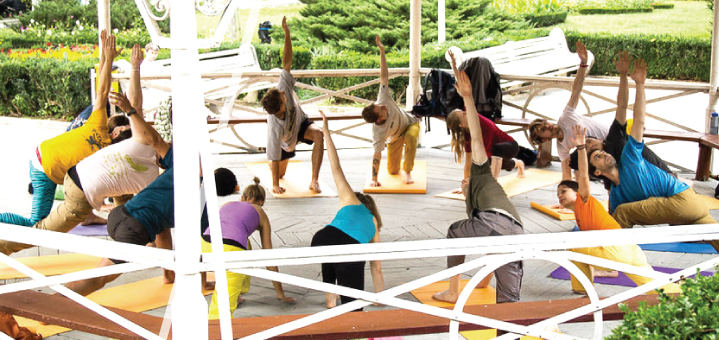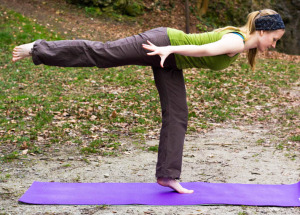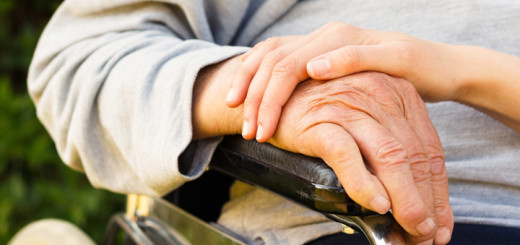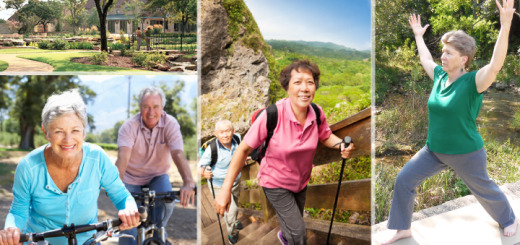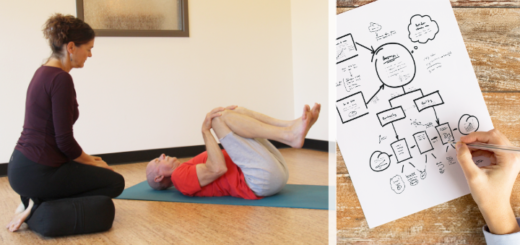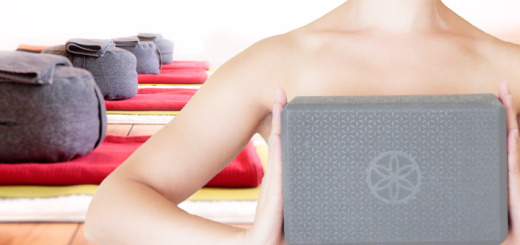Yoga for climbers is not about building arm strength – it’s about developing body awareness
0Few years ago two Chilean friends, Andrés and Rodrigo, who are great climbers and regularly practice yoga, visited me in Germany. Because of the wet weather we couldn’t climb outside, so I took them to a climbing gym. One thing I remember very clearly is feeling astonished as I watched my two friends climb – they looked so different in comparison to other climbers. Andrés and Rodrigo had so much ease in their movements, applying tension only where it was necessary and climbing so fluently over the difficult parts, that even other climbers started to watch them. To me it was a clear example of how a regular yoga practice helps to improve both body awareness and the ease of movement when climbing.
When I started climbing in 2007, I noticed that if you lack body awareness, it could eventually lead to slight or even serious health problems. This missing link can show up in many different ways. The climbers might rely on the arm strength to pull themselves up instead of using their core and legs; they might have trouble with precise positioning of the body and feet; and they can also overestimate their abilities and miss out on the body’s signals that it’s time to stop.
In my workshops climbers tell me that back issues, shoulder and neck tension, and shortened leg muscles are their biggest problems. In my opinion many climbers don’t listen enough to their body during the climb and continue climbing when it actually would be better to stop; many forget to take time for stretching after climbing.
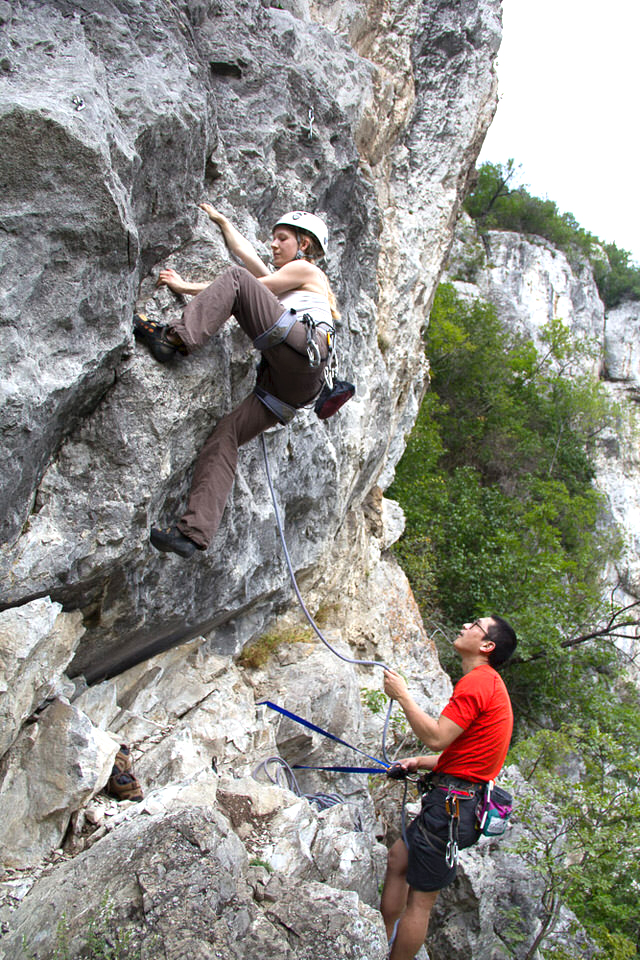 In 2011 I decided to focus on teaching yoga to climbers. At that time yoga for climbers seemed like a weird idea to many climbers, especially in Germany, as they considered yoga to be mystic, unnecessary and not applicable for them. An important part of my mission has been to show climbers the unexpected facets of yoga and how it helps with climbing.
In 2011 I decided to focus on teaching yoga to climbers. At that time yoga for climbers seemed like a weird idea to many climbers, especially in Germany, as they considered yoga to be mystic, unnecessary and not applicable for them. An important part of my mission has been to show climbers the unexpected facets of yoga and how it helps with climbing.
For climbers, I suggest focusing on five principal areas:
1. Shoulders and Back
2. Chest
3. Hips
4. Legs
5. Overall stability
Yoga sequences might focus on a specific area (like the hips), or might include postures for all five areas as complementary exercises. Here is a short sample sequence from my book ClimbingFlex.
I strongly believe that whatever we do physically has a mental impact as well. Many climbers might come to yoga to improve their flexibility, and are surprised when they experience an improvement in their ability to concentrate, too. In our daily busy lives we often think too much about what we will do next. Implementing a regular yoga practice brings us back to the present moment and the breath. The more often we do it, the easier it is for the body to adopt this pattern and apply it when climbing.
3 points to remember while working with climbers:
1. A combination of things works the best; avoid postures requiring too much flexibility.
Most climbers enjoy a physical challenge and expect it in their yoga practice. A mixture of strengthening and restorative postures works great for most. Postures requiring too much flexibility (e.g. lotus pose, plow pose) should be avoided, since the typical climber’s body tends to be stiff and not prepared for such extremes. Most poses, however, offer great benefits for climbers as long as we don’t worry about achieving the deepest form of the posture, and proceed with caution modifying the postures when necessary. Hip openers, twists, back bends, forward bends and stabilizers help climbers to improve their body awareness and their flexibility in a gradual way.
2. Be careful with postures that stress the back, wrists and shoulders.
Some climbers might have problems with their back, shoulders and wrists. Be careful with Planks and Downward facing dogs. Make sure the hands and shoulders have a proper alignment in those poses and don’t include too many of them. Modifications are welcome in many cases, e.g. Dolphin pose instead of Downward dog when having wrist problems, keeping the arms wider apart in Warrior I when having shoulder issues, looking down in Triangle pose, keeping one knee on the floor in Side plank pose, etc.
3. Be careful when addressing spiritual topics.
You might want to avoid Sanskrit terms altogether and offer simple instructions instead (instead of “Breathe deeply in Utthita Marjaryasana and notice prana flowing through your entire body” you can say “Breathe deeply in Extended cat pose, notice the stretch in your back”). Stay with “climbers’ language” in order to connect to them. It’s great to use examples and tell stories of your experiences – it helps climbers understand how yoga can help them in a very practical way. For example: “How many of you have ever experienced holding the breath at the most difficult part of the climb and noticing your arms become weaker and weaker? In this situation returning to your breath instead of paying attention to the self-talk in your head is crucial in order to refocus and to continue. Same in yoga: your breath is the key. If you don’t breathe deeply, you won’t get much out of the poses.”
Last year I joined an international event for climbers, the Petzl RocTrip, where I offered 30-minute yoga sessions each morning. Some climbers already had experience with yoga, the majority did not. “I usually stretch after climbing; however, this is far from what I experienced in this yoga class”, said Marian from Czech Republic, who had never done yoga before. “The yoga practice helped me relax the muscles, my back feels great. I’m ready for rock climbing!”
Feedback like his is my greatest motivation to help more climbers build better body awareness, to feel great and to enjoy the climb even more.
Stefanie Fischer teaches yoga to climbers. She developed her own style of yoga called ClimbingFlex, which helps climbers develop not just physical flexibility and stability, but also improve mental flexibility, concentration and breathing. She is the author of two yoga books for climbers (at the moment only available in German).
Stefanie is currently teaching in a fitness center in Fuerth, Germany, and offers workshops in climbing gyms in Germany. Connect with Stefanie:


